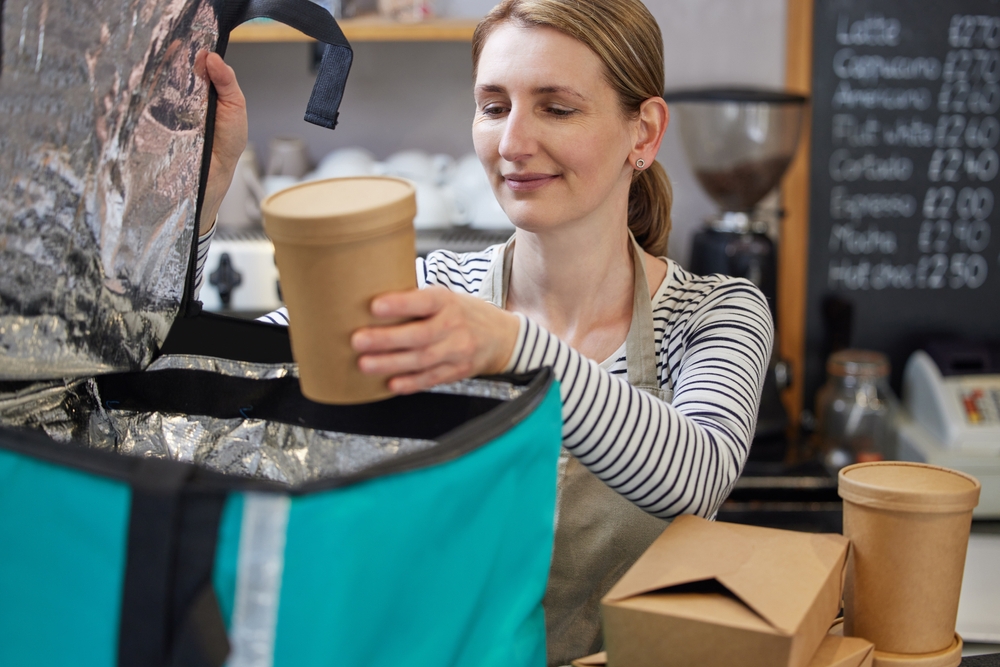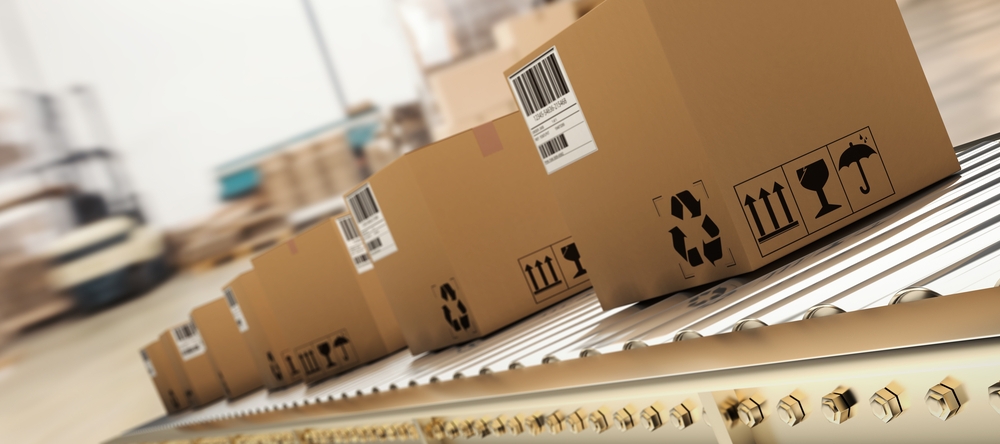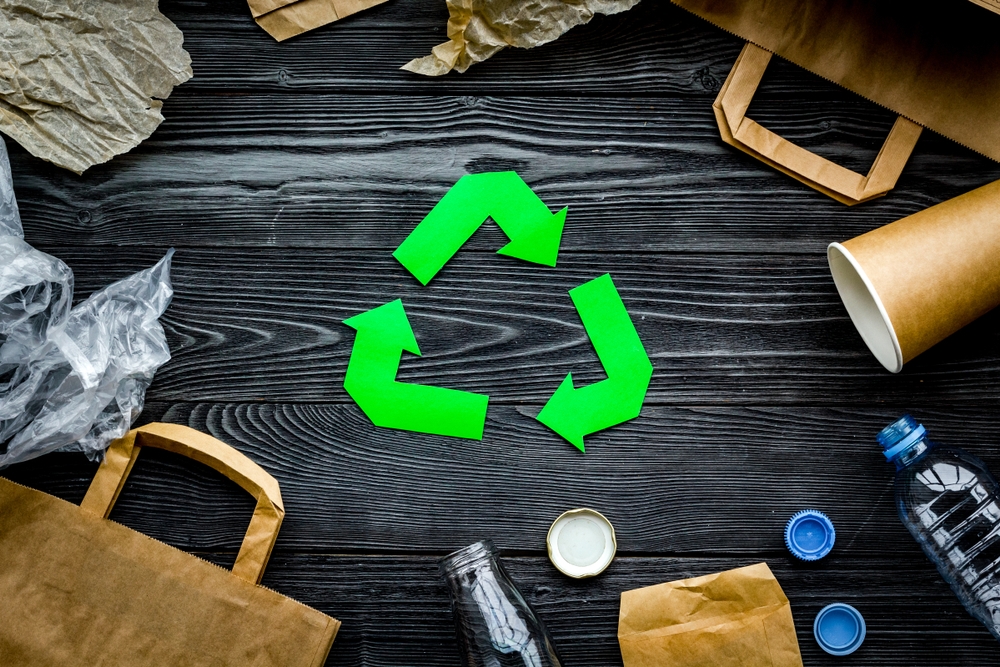Understanding What is Packaging
By Morten Numrich · 17. April 2024
Packaging, at its simplest, is a protective and communicative shell for products during their journey from production to consumption.
This article delves into ‘what is packaging,’ highlighting its crucial functions and impacts in our everyday exchanges, with a focus on the materials and designs that make it so vital, without overwhelming you with technicalities or a sales pitch.
Exploring the Definition and Scope of Packaging
 paper bag for food packaging
paper bag for food packaging
More than just simple wrapping, packaging is also about designing, evaluating, and producing containers for products – a delicate balance of science, art, and technology.
From the days of using natural materials like reeds and wineskins, packaging📦 has evolved into a systematic method that prepares goods for:
- transport
- warehousing
- sales
- end use
Different materials and processes are dictated by the specific packaging requirements of each product in the packaging industry.
For instance, liquids are typically bottled, while solid commodities are often wrapped.
This blend of necessity and innovation, using raw materials, has brought us milestones like paper packaging in ancient China and university-level Packaging Engineering programs.
The Essential Functions of Packaging
 Female Restaurant Worker Using Sustainable Takeaway Packaging
Female Restaurant Worker Using Sustainable Takeaway Packaging
Serving as an unsung hero, packaging plays a crucial role in offering more than what is immediately visible.
Its essential functions include:
- Providing basic protection from environmental and handling damages
- Containing and preserving the product
- Communicating vital information about the product to the consumers
Protection for Safe Handling and Transport
Packaging safeguards products from potential damages during handling and transport.
For instance, fragile products like glassware are safeguarded against contamination, damage, dust, and leakage by special containers.
Moreover, transport packaging ensures that products are snugly secured, reducing movement and potential damage during transportation.
It’s like a seatbelt for your products, offering a safe ride from the warehouse to your doorstep.
Containment and Preservation of Contents
Not only does packaging contain, but it also preserves. It acts as a barrier against oxidation, moisture, and other spoilage risks, extending the shelf life of food products.
Methods like modified atmosphere packaging and vacuum packaging adjust the package’s internal atmosphere to prevent oxidation, ensuring your chips stay crunchy and your fruits fresh.
Moreover, packaging considers the specific air balance needed to maintain the freshness of products.
So, your soda stays fizzy, and your chips stay crispy, thanks to the proper gas permeability in packaging.
Communication: The Silent Salesman
Have you ever noticed the silent communication about a product that packaging provides?
It’s like a silent salesman, providing a visual display of the product along with essential details such as nutritional facts, usage instructions, and safety warnings, aiding in our purchase decisions as a sales unit.
Packaging is also a brand ambassador. Through consistent design elements like color schemes, logo placement, and typography, it reinforces brand identity, aiding in quick recognition and potentially increasing consumer loyalty.
Inclusion of comprehensive product information not only enhances the brand’s credibility but also satisfies customer needs for transparency, influencing their decisions and usage of the product.
Indeed, a well-designed package can narrate a brand’s story, creating an emotional connection with consumers and imparting a sense of authenticity and relatability.
Classifying Packaging Types by Their Use Case
 young man holding paper box packaging
young man holding paper box packaging
The forms and functions of packaging are quite varied. Based on its usage, it is categorized into primary, secondary, and tertiary packaging, each serving unique purposes in product protection, display, and transportation.
Primary Packaging
Consider primary packaging as the first handshake your product shares with consumers.
It directly encases individual products, maintaining their condition while being the final layer that remains until the end user opens it.
In this sense, consumer packaging plays a crucial role in product presentation and protection.
The components of primary packaging range from the container itself to labels and other informational materials.
For instance, tin cans for food to glass bottles for drinks. The design of primary packaging aims to protect and preserve the product while also appealing to customers through its appearance, serving as a communication tool for the brand’s image.
Quality primary packaging impacts users’ interactions with the product and their perception of the brand’s value.
Secondary Packaging
Secondary packaging takes a step up from the primary packaging.
It groups together primary packages, aiding in the efficient transport and handling of goods.
Secondary packaging serves several purposes:
- It adds an additional protective layer over primary packaging, ensuring easier handling for retailers without focusing on marketing appeal.
- It is made of materials like cardboard, paperboard, and shrink wraps, and preserves the condition of the primary packaging.
- It simplifies transportation and maximizes space efficiency, aiding in the distribution and restocking process.
Transit Packaging
Transit protects secondary packaging, ensuring a safe journey for the products to their destination.
Designed to be highly durable, tertiary packaging ensures that goods are protected from the rigors of shipping, including stacking, loading, and unloading.
It facilitates easier handling and storage, optimizing space in warehouses, and contributing to safer transit.
Common types include pallets, wooden crates, and shrink wrap, which are chosen based on the needs of the load.
Labels on tertiary packaging provide important information that is critical for handlers and consumers, offering convenience and ensuring that handling instructions are communicated effectively.
Moreover, sustainability efforts in tertiary packaging design seek to minimize material usage, optimize space, and reduce weight, thereby lowering transportation costs and the environmental impact in terms of carbon emissions.
Choosing the Right Packaging Components
 Solid Board Packaging
Solid Board Packaging
The act of choosing the right packaging components requires careful balancing. Packaging materials range from:
- paper
- paperboard
- cardboard box
- metallic containers
- glass containers
Each catering to different product needs.
In the world of plastics, rigid ones like PET and HDPE are used for stable products, while flexible ones like LLDPE and LDPE are suitable for items needing pliable wrapping.
But the choice isn’t merely about function; it’s also about responsibility. To meet both economic and environmental goals, packaging materials must balance sustainability with effective performance in product protection and shelf life extension, especially when it comes to pet bottles.
Sustainable Packaging
 Sustainable Materials in Reusable Packaging
Sustainable Materials in Reusable Packaging
In the face of growing environmental concerns, sustainable packaging has transitioned from a ‘nice-to-have’ to a ‘must-have’.
Businesses are increasingly embracing sustainable practices and materials in packaging to meet environmental responsibilities.
Innovative materials like plant-based biopolymers and fiber-based solutions from non-wood materials are being utilized to develop eco-friendly packaging, attracting eco-conscious customers.
Sustainable packaging🌿📦 offers significant environmental benefits, such as:
- increased recyclability
- reduced waste in landfills
- lower greenhouse gas emissions
- contributions to a circular economy
However, initial costs and availability pose challenges for some brands.
How Packaging Attracts More Customers
Beyond mere aesthetics, packaging design significantly influences consumer purchase decisions.
Elements like typeface, color, and patterns can affect perceived product credibility and emotional responses.
Packaging that utilizes premium materials or unique, transparent design features can convey a sense of quality and craftsmanship, prompting consumers to perceive the product as high-end.
Employing distinct packaging and leveraging secondary packaging for additional branding can bolster product visibility on shelves and strengthen brand recognition.
Eco-friendly and minimalist packaging not only appeals to environmentally conscious consumers but also serves as a marketing strategy that can attract customers, enhance customer loyalty, and drive sales through innovative packaging.
Summary
Packaging, though often overlooked, plays a critical role in product safety, consumer decisions, and brand recognition.
From primary, secondary, to tertiary packaging, each type plays a unique role in product protection, display, and transportation.
As environmental consciousness grows, sustainable packaging has become crucial, balancing performance with responsibility.
So, the next time you unbox a product, pause for a moment to appreciate the silent hero that is packaging.
Frequently Asked Questions
What is the role of packaging?
The primary role of packaging is to protect the product from the external environment, ensuring its safety and preservation. Additionally, packaging serves to communicate the product’s value and provide convenience for transportation and storage.
What is packaging and example?
Packaging is the first level of protection for products, like a jar or a cardboard box for FMCG or electronics. An example would be a pack of soda, with primary packaging protecting the individual cans and secondary packaging transporting them. Think outside the box when considering packaging!
What is packing in simple words?
Packing, simply put, is the paper, plastic, or material used to protect items being sent somewhere.
What are the different types of packaging?
Packaging comes in three main types: primary, secondary, and tertiary, depending on its purpose. So, you’ve got options when it comes to choosing the right kind for your product!
What is sustainable packaging?
Sustainable packaging is all about using eco-friendly materials and practices in packaging, leading to increased recyclability and reduced waste. It’s a win-win for both the planet and your products!

